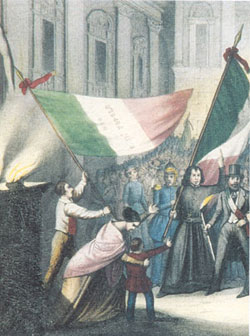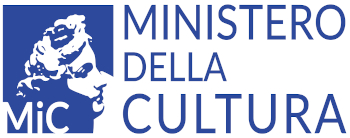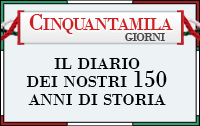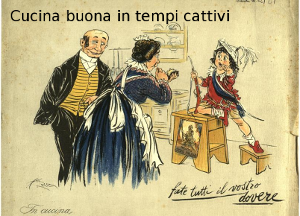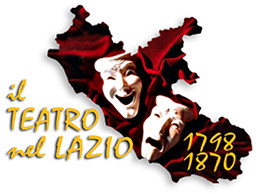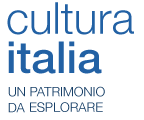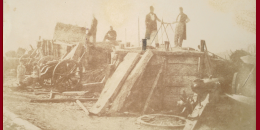History
The origins of the Biblioteca di Storia Moderna e Contemporanea dates back to June 1880, when the Chamber of Deputies approved Pasquale Villari's proposal to establish a collection of books, brochures and documents relating to the Italian Risorgimento. Thus was born the Risorgimento Section of the Biblioteca Nazionale Vittorio Emanuele II in Rome.
In 1906, the National Committee for the history of the Risorgimento was founded with the task of establishing a library and museum of the Risorgimento which was to be located in the monument dedicated to King Vittorio Emanuele II on the Campidoglio. The Committee was entrusted with the Risorgimento Section which would remain in the hands of the director of the Biblioteca Nazionale at the site of the ex Collegio romano dei Gesuiti, while waiting for the construction of the monument to be completed.
With the outbreak of the war, the Committee continued to find all sorts of bibliographical and documentary testimonies about the war, considered in those years the crowning glory of the national Risorgimento.
In 1917, the Risorgimento Section was renamed as the Biblioteca Centrale del Risorgimento and became an autonomous library with its own delegated conservator.
The definitive separation from the Biblioteca Nazionale was sanctioned in 1921 with the transfer of the collections to Palazzetto Venezia, while waiting for the Vittoriano premises to be ready.
In 1923, the library was renamed to the Biblioteca Museo Archivio del Risorgimento , and the following year a conservator-consignee belonging to the Association of Librarians and directly dependent on the Ministry of Education was chosen.
In the 1930s, various legal provisions profoundly changed the make-up of the Library, provoking a radical dismemberment of the Risorgimento collection: the National Committee for the history of the Risorgimento was suppressed and the museum collection was entrusted to the National Society for the history of the Risorgimento, while the Library was placed under the supervision of a newly established institution: the Italian Historical Institute for the Modern and Contemporary age.
The years 1937-1938, therefore, witnessed a dismemberment of the Risorgimento collection: the bibliographic materials remained in the Library, while the museum and documentary materials (with the important exception of the autographs of the Mazzinian collection) were delivered to the Institute (based in the Vittoriano).
In 1937, the Library took on the current name of Biblioteca di Storia Moderna e Contemporanea, and in 1939 it was finally relocated to Palazzo Mattei di Giove, where it is found today.
In 1945 the Library was placed directly under the Ministry of Education, then in 1975 moved under the Ministry of Cultural and Environmental Heritage, now MIBACT.
Until the 1950s, the Library remained mainly linked to Risorgimento studies, but from the 1960s onwards its field of interest was expanded to incorporate Italian and European history of the nineteenth and twentieth centuries.

